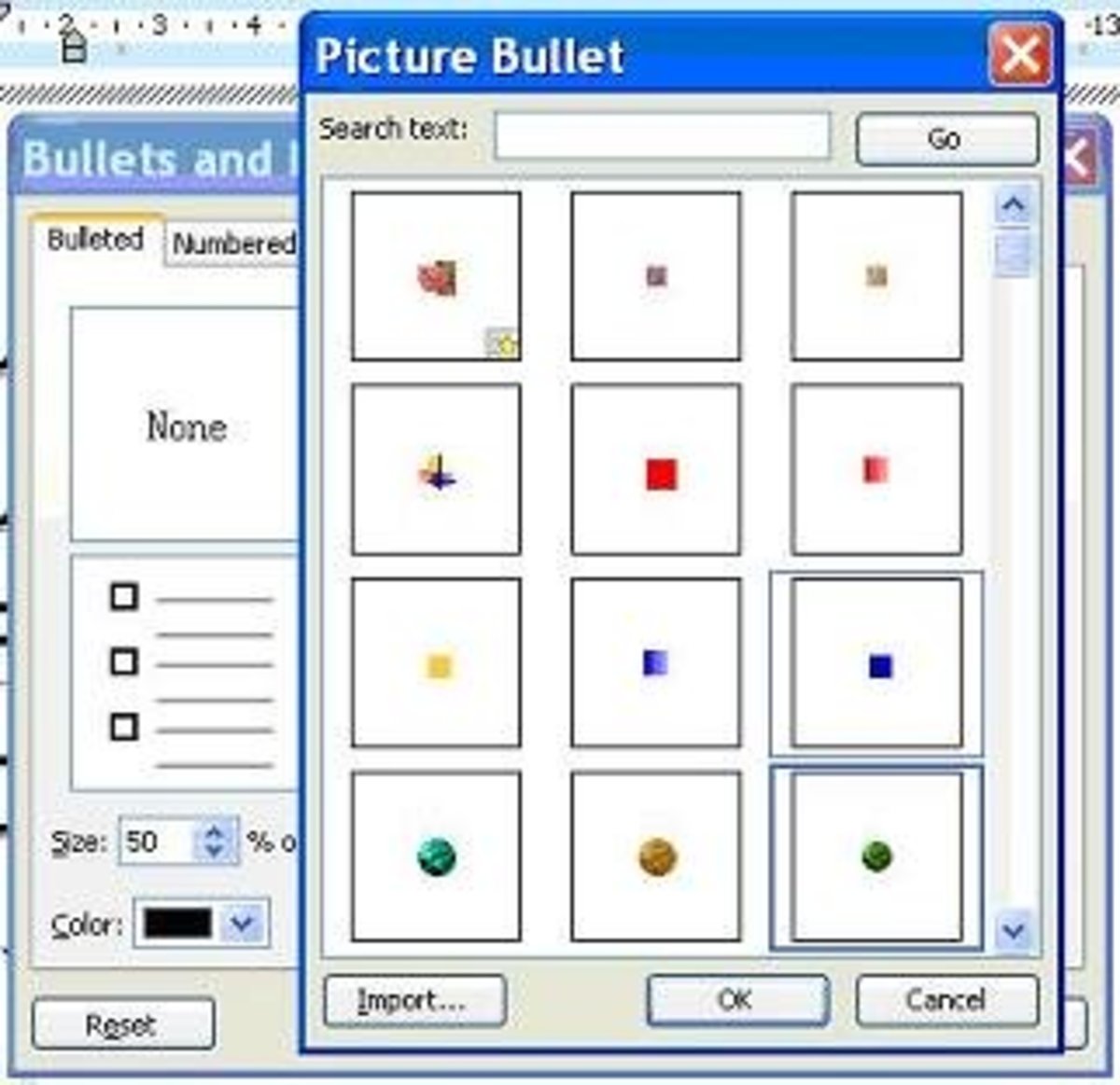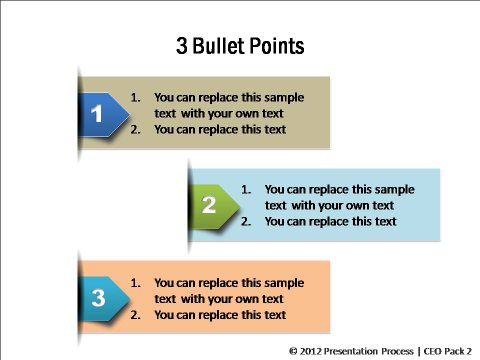

This is especially apparent in content that lacks actual visual meaning. LITTLE TEXT, LOTS OF PICSĪnother argument against bullet points, is the fact that text is an incredibly inefficient way to transfer information. And you can keep direct eye contact with the audience, engaged at all times. With a small remote control in your hand, you’re better off changing slides without the audience even noticing your timely shuffling. Otherwise, you’ll be glued to your computer, pressing the page-down button away every 30 seconds to streamline the flow of slides. The conductor’s baton for this, is the remote control you’ll hold in your hands to rapidly scan through the slides. Moreover, you are responsible of orchestrating the Show of Slides.

Work on gaining that total picture, and appealing to the audience as a clip or video would, where you/presenter narrate the plot that is visualized on your slides.

Slides are intended to support the storyline narrated by the presenter, with a continuous stream of visuals in the background. Slides and presenter are to play in unison, forming together a complete visual experience - literally a Slide Show. Later, with the arrival of word processors, transparent slides showcased whole printouts of freshly authored documents, sometimes page by page, bullet by bullet. And there are also historical reasons.īack in the 1980s and 1990s, presenters used overhead projectors to stage their ideas, uncovering parts of transparent slides along a storyline. Another reason could be plain laziness, since it’s become quite the norm to relate to a few bulleted pages as a finished slide deck. Why are bullet points so persistent? One reason is the habit instilled by the default PowerPoint template. This is because you simply go through the slides faster, while your audience is kept focused. A presentation with many slides can be given in exactly the same amount of time as one delivered with a few slides that are loaded with bullet points. My advice is to ignore the page count restriction, but stick to the time constraints that you were given.

They could be the starting point, but are definitely not the end point of your presentation design effort. Once they realize that in the next 30 minutes all you’ll be doing is reading out magnified bullet points from slides, they’ll invest their attention elsewhere.īullet points are good practice for jotting down thoughts, sketching a rough storyline and listing talking points for yourself. Your audience reads bullets much faster on their own, without you. This opens up on any new presentation, displaying a host of bullet points on a blank slide just waiting to be filled. It’s the way people use it that has oddly inflicted a whole generation.Ī good example for this is PowerPoint’s default slide template. As I see it, Microsoft is not to be blamed, because PowerPoint itself is just a software, not a method. Using images can be another way to use bullet points effectively.Bullet points don’t do well for staging your message professionally. The trick for going beyond bullets is to think visually instead of a list of text items. Learners need creative ways to retain what they are looking and maintain the attention. Level 1 text appears inside the hexagons.
Alternative bullet points for word series#
You can use the alternating hexagons in PowerPoint represent a series of interconnected ideas. The alternating hexagon is another good approach using PowerPoint SmartArt. For example, the following image uses a creative layout as an alternative to bullet points, and it is easily created with SmartArt. Other bullet list creative ideas for PowerPoint can be achieved using SmartArt graphics and other similar PowerPoint graphics. Other Bullet List Creative Ideas for PowerPoint To achieve this design, you can start adding a textbox and then format it to display the text vertically (under text layout) and then change Do not autofit so you can change the height of the textbox.


 0 kommentar(er)
0 kommentar(er)
